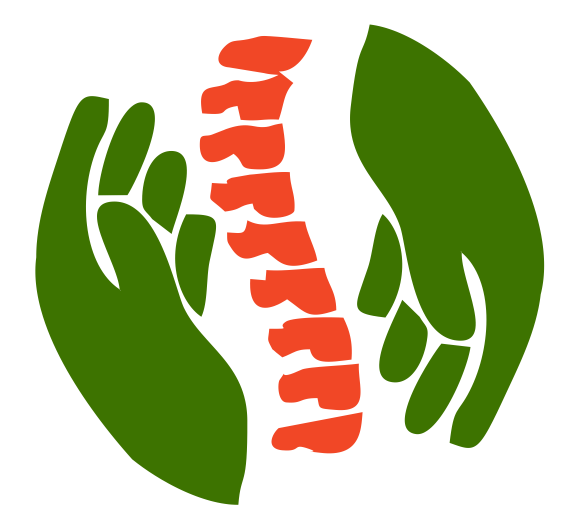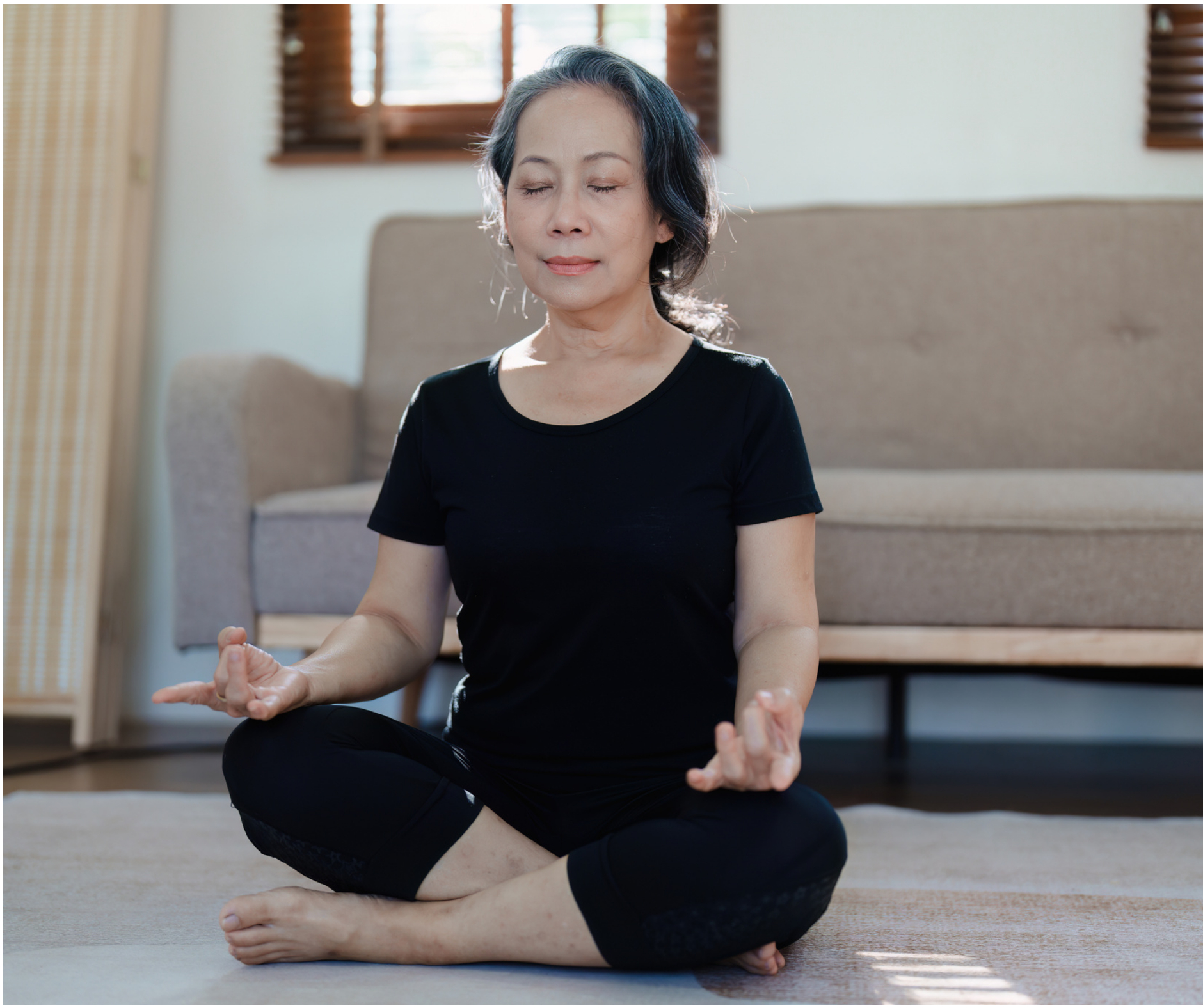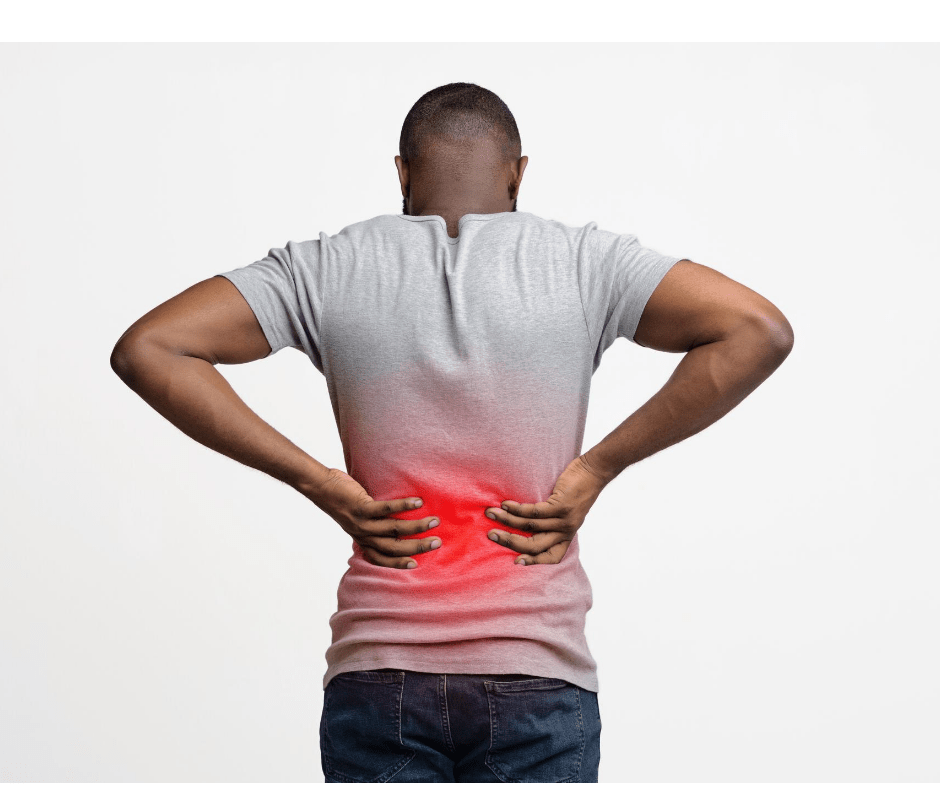How Lower Back Pain Morning After Sleeping Affect You.

- Why does your back hurt in the morning?
- Sleep Positions That Will Fight Morning Pain and Stiffness:
- Tips to relieve Lower back pain morning after sleeping:
- 1. Find an appropriate pillow for your sleeping position:
- 2. Sleep on your back with a pillow that supports your neck and head:
- 3. Do not sleep on a soft mattress or thin pillow:
- 4. Invest in a good mattress:
- 5. Stretches:
- Tips and Tricks for a Good Night’s Sleep That May Help Reduce Lower Back Pain in the Morning:
- Conclusion:
Some mild lower back pain morning after sleeping is not unusual. but if it is annoying then you have to find its cause.
Lower back pain morning after sleeping is caused by a variety of factors, including injury, arthritis, and muscle strain.
It is important to keep in mind that lower back pain upon waking does not always mean you are experiencing an injury.
Additionally, it can vary from mild to severe depending on the severity and location of your pain.
Lower back pain upon waking may lead to other complications such as reduced mobility, sleep disturbance, and depression.
In fact, it has been found that people who experience chronic lower back pain are twice as likely to have depression compared with those who do not have this condition.
The first step in treating any kind of chronic pain is identifying the cause so you can treat it accordingly.
Why does your back hurt in the morning?
Many people tend to wake up feeling sore or experiencing pain in their lower back area,
There shouldn’t be one particular cause,
There are a number of potential causes of morning pain in the back some are here which are most common.
Existing health problems :
It’s well known that sleeping on your stomach or back may aggravate existing health problems, such as lower back pain.
However, the reverse is true as well. Lower back pain can also cause sleep disturbances because the way people sleep in general affects their body shape.
Overdoing exercise the day before :
The day before you exercise, it’s important to keep in mind that being active in the morning can trigger back pain.
This is due to the fact that exercising puts pressure on your back. Ideally, you should exercise during your rest time as well as at night.
If you have an intense workout during the day and then sleep, your back will probably be sore the next morning.
Stress :
We often think of pain in terms of our body, but scientists have recently realized that what we are really talking about is emotional pain.
The term “emotional pain” refers to the feeling of distress or discomfort we experience when thinking about a particular event related to an emotional trigger. , such as an argument with a significant other.
That feeling of discomfort or distress is what’s usually the source of physical pain that we experience. But it may not be just our thoughts about past events that cause our emotional pain to manifest in physical pain,
As psychologists have realized. stress playing important role in lower back pain morning after sleeping.
Bad mattress:
Your sleep position can not only cause to relieve lower back pain in the morning.
If you are sleeping on an old, mattress. which is unsupportive to your back and If you have had your mattress for more than five years, it may be time to change it
People who sleep on a poor-quality mattress are at risk of developing lower back pain morning after sleeping.
Mostly medium-firm mattresses are able to reduce your back pain symptoms by nearly half.
This is due to the lack of pressure that a mattress provides and the resulting misalignment of the spine.
A good mattress will provide contoured support and should be firm but not too hard. hence choosing a mattress that can help with back pain is give benefit to you in lower back pain when waking up.
When back pain occurs due to a mattress, the body will often compensate for the pressure that it is not getting by shifting muscles, ligaments, and tendons. This misalignment can contribute to irritation of nerves, which can lead to pain in places other than the lower back or neck.
Sleepers who have undergone surgery also need supportive sleep surfaces. The best type of mattress is one that will offer a good level of support and not cause any pain.
Generally, the more expensive the mattress, then the better quality it will be in providing the right amount of pressure for muscle alignment and lower back pain prevention.
Improper sleeping:
Lumbar pain can be caused by a number of factors, the most common being poor sleep. habits.
Negative effects of sleeping include Neurological damage such as carpal tunnel syndrome, tingling, and numbness in hands and feet, Lower back pain, Cardiovascular disease, Poor sleep quality, stress, and anxiety.
The sympathetic nervous system is a division of the autonomic nervous system. It is one of the two divisions that make up the autonomic nervous system, the other being parasympathetic.
The sympathetic nervous system is responsible for increasing body functions such as heart rate, breathing rate, and sweating during times of stress. this helps to prepare a person for what is to come.
However, the sympathetic nervous system is also responsible for many negative aspects of human health, such as trouble sleeping, pain in muscles and joints.
And that’s why there may be a chance of lower back pain when waking up.
Is unsupportive Sleep Position triggers lower back pain when waking up:
With all the time we spend sleeping, it can be easy to neglect our backs. the position you sleep in could be the cause of lower back pain when you wake up in the morning.
Researchers have found that sleeping on your stomach is responsible for a lot of back problems.
Sleep Positions That Will Fight Morning Pain and Stiffness:
- Sleeping on your stomach:
Sleeping on your stomach can compress your natural back curve, which makes it more likely to develop lower back pain.
When you sleep on your stomach, you are more likely to twist your neck out of alignment with the rest of your spine.
Depending on the firmness of your mattress, your lower abdomen may also sink more deeply than the rest of your spine, uncomfortably stretching your back out of alignment.
Either way, this sleep position could put you at a higher risk of lower back pain upon waking up.
To prevent this misalignment, it may help to try sleeping on your stomach without a head pillow, and by placing a thin pillow beneath your lower abdomen.
- Back sleeping
Back sleeping keeps your spine straight, but can still give back pain if you do not maintain your spine’s natural curve.
One study shows this sleep position actually doubles the risk of lower back pain.
To lower your risk of back pain and prevent discomfort, place a pillow beneath your knees.
- Side sleeping
Side sleeping is the best position for avoiding back pain.
People who sleep on their side, experience less back pain symptoms, but it is still possible your spine loses its natural curve.
You can prevent this by choosing a head pillow with a loft that matches the distance between your neck and your shoulder, and sleeping with a pillow between your knees to even out your hips.
Is fibromyalgia triggers lower back pain morning after sleeping? :
Fibromyalgia is a chronic pain condition that affects the muscles, joints, and tendons in different parts of the body.
Many people with fibromyalgia experience lower back pain as a result of sleeping on their stomachs. side, or back.
People with fibromyalgia are likely to experience more pain in the morning as well as more stiffness and fatigue than people without the condition.
One study found that people with fibromyalgia reported significantly higher levels of lumbar spine tenderness (24 percent) in one-on-one patient assessments than those without fibromyalgia.
Tips to relieve Lower back pain morning after sleeping:
For many people, lower back pain when waking up is a struggle. but there are some simple ways to reduce the pain and stiffness that comes as a result of poor sleep.
1. Find an appropriate pillow for your sleeping position:
If you toss and turn all night, use a firm foam pillow to reduce neck strain. If you sleep on your back, use a large, flat pillow to maintain proper spine alignment.
2. Sleep on your back with a pillow that supports your neck and head:
Good sleep is important to our health and wellness, which is why it’s important that we all find ways to sleep better.
One way people sometimes do this is by sleeping on their back with a pillow that supports their neck and head. If you are one of those people who can’t sleep unless your neck is supported with a firm pillow, then this solution is for you.
Find a pillow that supports your neck and head by observing the specifications on the label. For instance, if a pillow is made of fiberfill, it’s not going to support your neck very well at all.
If you sleep on your stomach or back with a pillow that has no support for your neck, this can put too much pressure on the cervical spine and cause pain or injury.
If you sleep on your stomach or back, try sleeping on your front with a firm pillow that supports your neck, OR use a wedge pillow to support the back of your head when sleeping.
3. Do not sleep on a soft mattress or thin pillow:
Soft mattresses are known for wasting body heat, and thin pillows can cut into your neck and shoulders.
If you sleep on your stomach, you twist your neck out of alignment with the rest of the spine.
If your mattress will be soft then your lower abdomen sink more deeply. and your back stretches out and loses its alignment.
this sleep position could increase your risk of lower back pain upon waking up.
To prevent this, sleep on your stomach without a pillow under your head, and place a thin pillow under your lower abdomen.
4. Invest in a good mattress:
A firm mattress will likely help with morning stiffness, and can also be used to reduce pain in other parts of the body throughout the night.
Misalignment of your spine while sleeping can lead to lower back pain, although it is possible to prevent it by choosing your sleeping position wisely and remaining healthy.
5. Stretches:
Stretches in bed are one of the most popular methods of relieving lower back pain the morning after sleeping.
There are many different types of stretches that can be done at any time of day. Some people find it beneficial to do a stretching routine before they go to sleep which can provide relaxation and help relieve lower back pain.
Morning stretches can be done before you prepare breakfast or start your day. A few of these exercises are
- Knee to chest stretch:
The knee to chest stretch is a move that can help relieve back pain. It can be done by laying on your back and then bending your legs at the knee in such a way that the soles of the feet are touching your torso.
If you have difficulty doing this, put one leg out straight and then bend the other leg at the knee. Keep the soles of your feet together, and then slowly pull them towards you while trying to keep the knees straight. This should help open up the back of your body, allowing it to breathe more easily.
- Seated hip flexor stretch:
- If you’re suffering from lower back pain and also want to try out a seated hip flexor stretch, this is the perfect exercise for you. This stretch can help reduce pain and inflammation in your lower back. and is great for strengthening your bottom abdominal muscles. To perform this stretch, simply sit on the ground with your legs extended in front of you. Bend one knee and pull it towards you while performing a hamstring stretch on the other side of your body. Then, slowly slide your lifted leg to the outside of your body and bend at the hip joint on that side. Stay up on your knees and reach your arms overhead as you feel a deep hip flexor stretch. The movement should feel like a gentle rocking motion on each side of your body. Hold for 20 seconds, then switch to the other leg and repeat the stretch one more time.
- Standing self-massage of the back to stretch your lower back:
- This treatment is made of a foam roller and a towel. It is always recommended to use foam rollers as they are great for targeting specific areas with different levels of pressure. The roller should be used on the lower back of the spine from where you can move it in circles and stretch your lower back. and neck. Rolling the back on the edge of a mat or towel can help with pain management, increase flexibility, and reduce inflammation.
Tips and Tricks for a Good Night’s Sleep That May Help Reduce Lower Back Pain in the Morning:
Some of the tips for a good night’s sleep are to avoid alcohol, caffeine, and exercise too close to bedtime.
Some other tips for a good night’s sleep are to keep your room cool and dark, avoid using screens at least an hour before bedtime and keep your mattress clean.
If you want to reduce lower back pain in the morning, it is important that you get a good night’s sleep.
Conclusion:
Lower Back Pain Morning After Sleeping Can Really Hurt You
Lower back pain can be a painful experience. But luckily, it doesn’t always mean you’re in serious trouble.
For many people, lower back pain occurs because their mattress isn’t comfortable. Or their pillow isn’t supportive.
Or maybe they’re just having trouble sleeping well.
When you wake up with lower back pain, there are a few things you can do.
You can try to treat it yourself. But you may also want to see a doctor.



